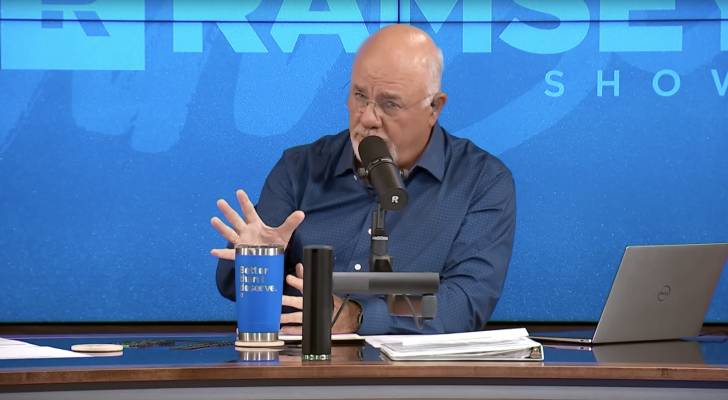Wall Street-backed firms are squeezing hopeful homebuyers out of the real estate market in California — and 1 lawmaker says it amounts to ‘housing-crisis profiteering’
A California real estate analyst discovered that thousands of homes in the state are owned by big Wall Street firms. And, in the midst of a housing affordability crisis, the California State Assembly is taking notice. Curious about how many California homes are owned by Texas-based real estate investment trust (REIT) Invitation Homes, Ryan Lundquist […]
Memphis mom says she had to flee her apartment after the landlord did nothing about her broken A/C for weeks — leaving her bouncing between crashing with family and renting hotel rooms


Memphis can be downright steamy. The average high in June is 89°F, climbing to 92°F in July. In these conditions, air conditioning isn’t just a luxury, it’s a necessity. And not having it could render a home uninhabitable. In the midst of such heat, one Memphis mother and her four-year-old son have been waiting weeks […]
‘Quiet cracking’: This dangerous new office condition is the latest troubling trend impacting US workers — and you may not even realize you’re suffering from it


From The Great Resignation to quiet quitting, there’s been no shortage of trends over the past few years that reflect growing dissatisfaction and disengagement in the workplace. The latest is quiet cracking, a phrase coined by TalentLMS, a learning management system company. The term describes a persistent sense of burnout and stagnation that leads to […]
38% of Americans have taken on second jobs to cover debt payments — how the rise of the reluctant hustler is rewiring careers


With consumer household debt hitting record highs, more Americans are picking up extra work to cover bills and becoming reluctant hustlers. A new survey from AI-powered career platform Zety found that 38% of respondents have taken on side gigs or second jobs to make extra money and keep up with their debt. The online poll […]
Your credit card rewards are slowly becoming way less rewarding — here’s what’s behind that distressing trend


Credit cards are popular with Americans — and so are the points, rewards and perks that come with them. That’s why some Americans devote time and energy (and spending) to optimize multiple rewards programs and claim rewards they wouldn’t otherwise be able to afford, such as flying business class. The number of credit card accounts […]
Nearly 25% of Americans are ‘functionally unemployed’ — and that’s a big problem. Are you one of them?


A low unemployment rate typically signals that an economy is generally healthy. The unemployment rate in the U.S. remained near a 50-year-low in April 2025 at 4.2% — plus, American employers added 177,000 jobs in April despite the uncertainty of Trump’s tariffs and trade wars. This all sounds good, right? Not so fast. Don’t miss […]
Americans could see price hikes across the country thanks to Trump’s trade war — so don’t get caught napping. Here are 5 ‘everyday items’ to load up on before they become more expensive
American consumers can expect to see higher prices for goods made in China — and maybe even empty shelves. After President Donald Trump’s “reciprocal” tariffs were announced on April 2, markets took a nosedive. A 145% tariff on Chinese goods effectively blocked trade and resulted in a slowdown at ports. The CEOs of major retailers, […]
More and more older Americans are worried Social Security won’t be there for them — but that concern looks very different based on political party. Here’s why there’s such a big divide


With cuts to Social Security staffing and programs, rumors of privatization and an impending funding shortfall, it’s no wonder some Americans are worried about the program’s future. Nearly one in three adults age 60 or older now doubt their retirement benefit will be there when they need it, according to a new poll from the […]
‘There’s a line of crazy running through this conversation’: Dave Ramsey urges caller not to join grandma’s scheme to deceive IRS about $1 million debt


Sarah and her husband rent a place in Los Angeles and are expecting their first child. But she called into The Ramsey Show because of a tricky situation involving her mother-in-law, homeownership and the IRS — one that caught host Dave Ramsey off guard. Why? Because this caller’s situation includes $1 million in debt and […]
My wife and I just sold our home — now we’re fighting about the money. We’re paying 24% on our credit card debt but she’d rather have a rainy day fund. Do I give in?


Imagine a situation where a couple, whose house was paid off, decided to downsize and — after paying for a new, smaller house — has about $50,000 left over. Deborah’s husband, Pete, wants to pay off their $50,000 credit card debt, but Deborah wants to put the money in a high-interest savings account (HISA). Both […]
